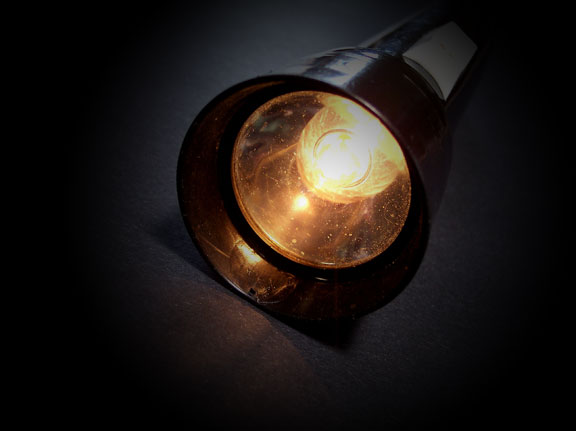I am a library trustee in my town, and in November we were interviewing people from five architectural firms who submitted proposals to draw up some new plans for the library. One of the firms committed a big presentation no-no that I’d like to share with you: they turned the lights off in the room so that their presentation could be seen.
This is a bad idea for several reasons. Primarily, it makes the presentation seem like the most important thing in the room. In a typical “pitching to a client” scenario, the opposite is true; the audience is the most important thing. In a dark room, you can’t see the audience to gauge their reactions to what you’re saying. And it’s crucial to see how people are responding to the pitch so that you can adjust the presentation accordingly — answer questions if people seem puzzled, slow down if people are taking notes, and other interactions.
Speaking of taking notes, this is impossible to do when it’s dark. At first, I turned on my smartphone’s Flashlight app, which illuminated a little area of my paper, but it quickly became apparent that this was a poor solution. I had to interrupt the architect to ask him to turn the room lights back on.
Back in the olden days of the early nineties, when PowerPoint was just hitting its stride and projection technology was in its infancy, it was necessary to make rooms as dark as possible so that presentations could be seen. Nowadays, though, projectors are much better and you don’t need to plunge a room into darkness anymore. So don’t do it.

